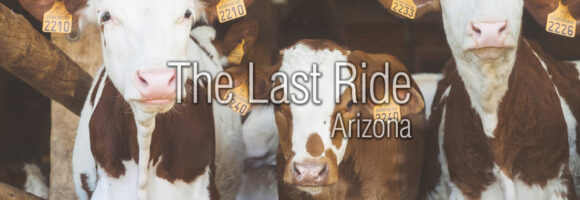Examining How Your Dairy Cows Maintain Proper Body Temperature

With the summer just around the corner, it is certainly a good idea to gain a better understanding of heat stress and how it affects dairy cows. As homeothermic animals, dairy cows must maintain a constant body temperature of around 101.8 degrees Fahrenheit. Otherwise, they may experience heat stress and the complications that are associated with it.
As the owner of dairy cows, there are two main ways that your cows maintain the proper thermal balance. These include:
- Increasing Heat Dispersion: This is mostly achieved through evaporation with things such as panting and drooling. This increases the maintenance energy required for the cow, which means part of its production energy will be exerted toward thermal regulation.
- Limiting Heat Production: This involves reducing the cow’s activity while also making changes to its feeding pattern. This means your cattle may eat less roughage and become more selective about what it eats.
If your cattle fail to properly control their thermal balance, she may become heat stressed. As a result, her feed intake will decline, resulting in a reduction in milk production. Therefore, it is important for you to take steps to help your dairy cows with maintaining their ideal body temperature throughout the summer.